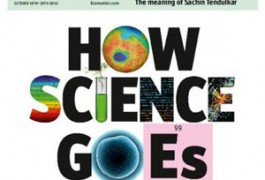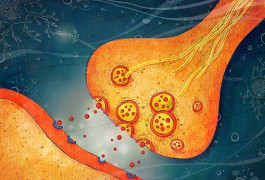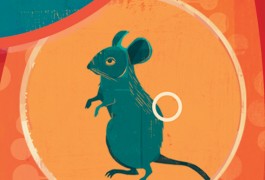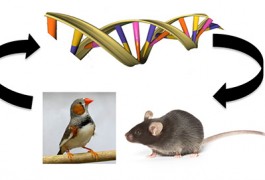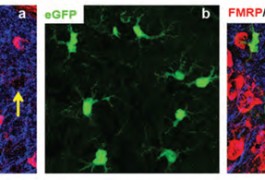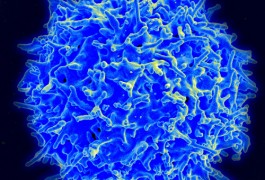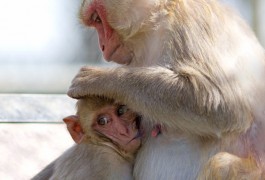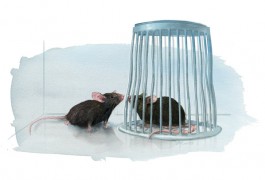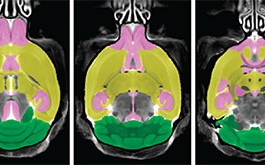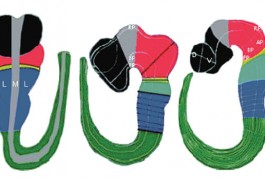Simple steps aim to solve science’s ‘reproducibility problem’
Leaders from the National Institutes of Health and Nature Publishing Group say an array of simple reforms can boost the reliability of research findings. Their suggestions spurred a lively audience discussion yesterday at the 2014 Society for Neuroscience annual meeting in Washington, D.C.
